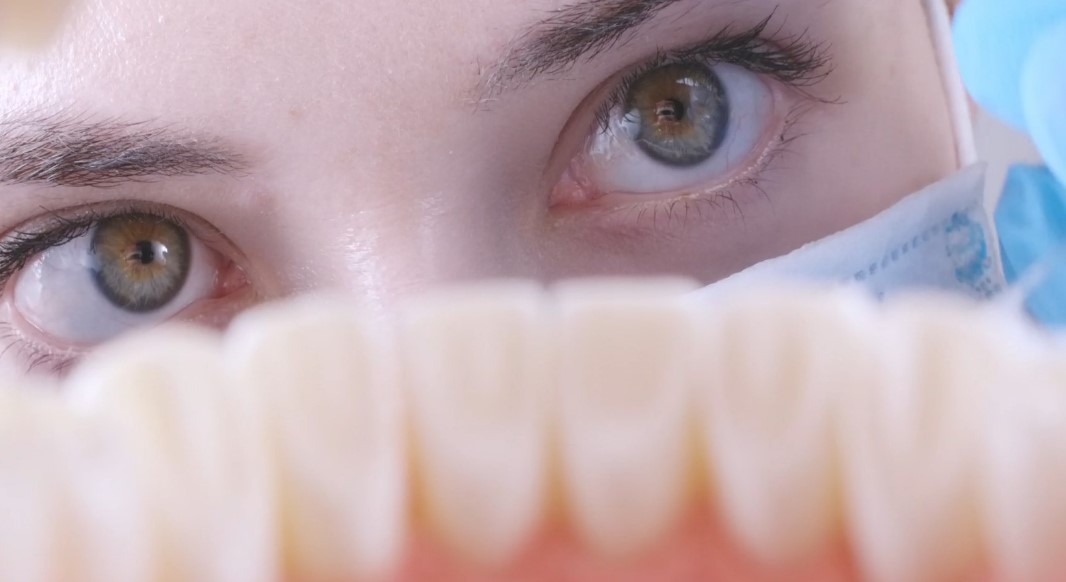As you sit in the dentist’s chair, you might wonder if your dentist can tell if you smoke. The answer is yes, dentists can often identify smokers during routine dental exams. They look for signs such as nicotine stains on your teeth, dry mouth, and an increased risk of cavities, all of which are common effects of smoking on oral health.
Smoking can have severe consequences on your oral health, including the risk of gum disease, tooth loss, and oral cancer. Dentists can detect these signs through visual examination, dental history, and pattern recognition.
Regular dental check-ups are essential for smokers, as they can help detect issues early on. By being open with your dentist about your smoking habits, you can work together to prevent gum disease, tooth loss, and other oral health problems.
In this article, we will explore the various ways dentists can tell if you smoke and the importance of maintaining good oral health.
Key Takeaways
- Dentists can identify smokers during routine dental exams by looking for signs such as nicotine stains and dry mouth.
- Smoking can lead to severe oral health issues, including gum disease, tooth loss, and oral cancer.
- Being honest with your dentist about your smoking habits is crucial for receiving proper care.
- Regular dental check-ups are essential for smokers to detect issues early on.
- Understanding the smoking effects on oral health can help you take steps to maintain good oral hygiene.
- Quitting smoking is crucial for oral hygiene and overall health, as it can prevent gum disease and oral cancer.
Professional Detection Methods Dentists Use
Dentists are trained to identify the subtle signs that indicate smoking habits. By conducting thorough examinations, they can spot various indicators that might not be obvious to the untrained eye.
Visual Examination Techniques
Your dentist will look for yellow or brown stains on your teeth and tongue, a condition known as smoker’s palate. Receded gums and other changes in gum tissue are also common signs of smoking.
Dental History and Pattern Recognition
Reviewing your dental history helps dentists identify patterns related to smoking. Frequent gum disease, higher tartar buildup, and increased instances of tooth decay can all point toward smoking as a contributing factor.
Advanced Screening Tools
Modern dental practices may use advanced tools like carbon monoxide testing or salivary tests to detect smoking. These tools offer more precise information about your smoking habits and their impact on your oral health, enabling dentists to recommend targeted treatments.
| Detection Method | Description | Effectiveness |
|---|---|---|
| Visual Examination | Identifies stains, recessed gums, and smoker’s palate | High |
| Dental History Review | Analyzes patterns of gum disease and tooth decay | Medium |
| Carbon Monoxide Testing | Measures CO levels in the blood | High |
| Salivary Tests | Detects biomarkers associated with smoking | High |
Visible Signs of Smoking in Your Mouth

Smoking leaves several telltale signs in your mouth that dentists can easily spot. One major indicator is yellow teeth and smoking, resulting from nicotine and tar buildup on your teeth. These nicotine stains on teeth make your smile appear dull and discolored.
Another common sign is persistent bad breath, also known as halitosis, caused by cigarette particles lingering in your mouth. Smoking also leads to dry mouth, as nicotine reduces saliva production. A lack of saliva creates an environment where bacteria can thrive, increasing the risk of tooth decay.
Additionally, smokers may develop a black hairy tongue, where the surface of the tongue becomes discolored and rough. Gum recession and inflammation are other visible signs, as smoking impairs blood flow to the gums, making them more prone to infections and tooth loss.
The Hidden Impact of Smoking on Your Oral Health
View this post on Instagram
Smoking affects more than just your lungs. It has several hidden consequences for your oral health that you might not be aware of.
Immediate Effects on Gum Tissue
When you smoke, blood flow to your gums decreases. This makes your gum tissue more vulnerable to infections and diseases. As a result, gum disease caused by smoking becomes a significant concern, leading to swollen and bleeding gums.
Long-term Dental Complications
Over time, smoking can cause severe dental issues. Stained teeth, yellowing, and even brown discoloration are common. Additionally, smokers are at a higher risk of tooth loss due to advanced gum disease.
Increased Risk of Oral Cancer

One of the most serious risks is the mouth cancer risk from smoking. According to Oral Health Foundation, smokers make up about 90% of those diagnosed with oral cancer. The chemicals in tobacco smoke damage the DNA in your cells, leading to cancerous growths.
Delayed Healing After Dental Procedures
Smoking interferes with the healing process after dental treatments. Whether it’s a simple extraction or a more complex surgery, smokers often experience slower recovery times, increasing the risk of complications.
| Impact | Description |
|---|---|
| Gum Disease | Increased susceptibility due to reduced blood flow. |
| Oral Cancer | High risk from tobacco-related DNA damage. |
| Teeth Discoloration | Staining and yellowing from nicotine and tar. |
| Delayed Healing | Slower recovery post dental procedures. |
Protecting Your Dental Health

Your dental health is within your control. By following dentist tips for smokers, you can significantly reduce the risks associated with smoking. Start by drinking plenty of water to keep your mouth hydrated and help wash away harmful substances like nicotine and tar.
Maintaining good oral hygiene is crucial. Brush your teeth at least twice a day with a fluoride toothpaste and floss daily to remove plaque buildup. Using sugar-free gum can also stimulate saliva flow, which helps combat dry mouth, a common issue for smokers.
Regular dental check-ups are essential. Your dentist can monitor your oral health, address any issues early, and provide professional cleanings to remove stubborn tobacco stains. These visits also offer an opportunity to discuss quitting smoking for better dental health.
Quitting smoking not only improves your overall health but also enhances your dental well-being. Benefits include whiter teeth, healthier gums, and a lower risk of oral diseases. Dentists can support you by offering resources and strategies to help you quit successfully.

